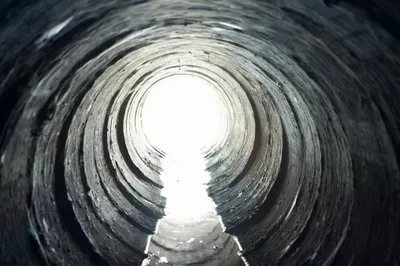
Carlo Ratti is director of MIT’s Senseable City Lab, where he’s currently working on a project called “Underworlds”. The focus is on the waste contained below a city, with a special concentration on the “microbiome”, or community of microbes that live within the human body. Ratti believes examining this microbiome can help health researchers “see epidemics before they happen.”
“New techniques in biology allow us to characterize bacteria and viruses leaving our bodies. [This is] the microbiome of us,” Ratti says.
The Underworlds project is currently examining influenza and gastroenteritis-related health threats but the potential is there to examine other, more sinister problems. Professor Eric Alm, who also works at MIT, says Underworlds will carefully examine sewer water to help researchers learn more about human behavior and how industrial chemicals are affecting the urban environment.
“Most of what’s going in and out of a city is the water going in and sewage coming out,” Alm said. “The change in water in and out reflects a broad array of human activity going on in a city.”
The first city to be examined by the Underworlds team will be Boston, Massachusetts — no surprise given the proximity to MIT. But the next project, to be launched in 2016, is a bit of a shocker: Kuwait City, where the MIT team has forged a partnership with the Kuwati Ministry of Health and other stakeholders.
Underworlds is garnering attention from the scientific community but many experts remain skeptical. “It’s a clever idea in principle,” notes Sandy Cairncross, a professor at the London School of Hygiene and Tropical Medicine. “It has potential but will take a lot of trial and error to find which results are reliable or meaningful,” he added.



